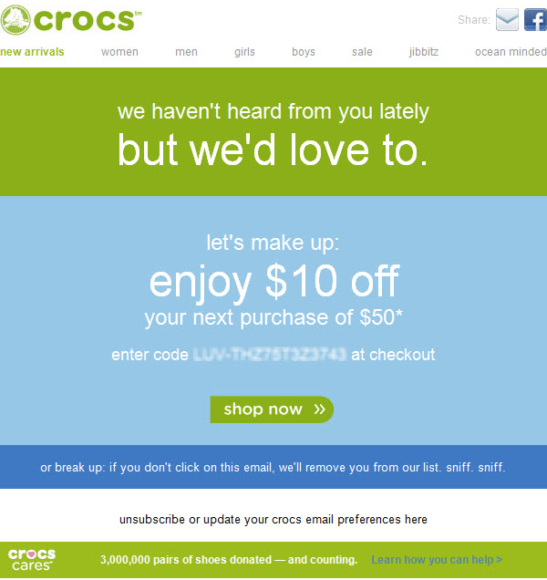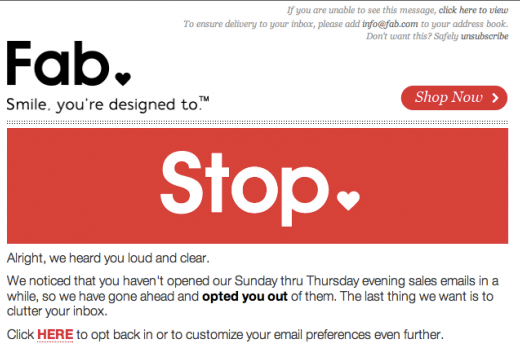Have you ever heard of Dunbar’s number? It’s a suggested cognitive limit to the number of people with whom one can maintain stable social relationships. In other words, it’s the number of people you are able to keep in touch with. Robin Dunbar estimated this to be about 150 people. Now, check the number of contacts you have on your phone or on your social media sites. Chances are, this number far exceeds 150. How many people are in your emailing list? How many are actively engaging with your company? How many have opted into your communications? The nature of human interactions has changed greatly, and your email contact management practices need to take a lesson from Dunbar by narrowing in on contacts that stay in touch with you.
Contact management is one area where working smarter can greatly affect your overall email marketing strategy. Setting up practices that keep contacts up-to-date ensures that you are sending only permission-based emails to contacts that are more likely to be responsive to your brand. Emailing contacts that are stale, no longer valid email addresses, or not interested in your content can hurt overall email deliverability to all subscribers. To most effectively manage your contacts, follow these best practice guidelines:
Re-Confirmation Email Campaign
- Practicing permission-based email is an opportunity to get your contacts excited and more engaged! Email permission goes stale after 6 months, so if you have any contacts that have not been sent an email over a 6-month period, you should include them in a re-confirmation email campaign to confirm that your company still has the contact’s permission to send emails to that email address.
- After identifying contacts that haven’t received an email within 6 months, you should look through that segment to make sure it doesn’t include any contacts that have a hard bounce (an email bounced due to a permanent reason- such as an invalid email address) or have unsubscribed.
- The most important part of a re-confirmation email is the option to stay opted into your company’s emails, or the ability to opt out. However, these are a great way to excited contacts about what your company has to offer through staying engaged. Consider adding updates on your newsletters or email communications, linking to your most popular blog posts, and outlining the benefits of receiving your emails (such as coupons and discounts only available by subscribing). It can also be helpful to the recipient to detail how often they can expect to be emailed, or to give them the ability to change their email preferences so they can select which types of communications they want to receive.
When they opt-in, email them!
- The best way to gain contacts is through permission-based inbound marketing efforts where the contact is opting into emails. However, make sure that once they opt into your emails, they’re actually being emailed!
- All contacts need to be emailed at least once every 6 months, or their email permission will go stale and you should send a re-confirmation email.
- Utilize different lifecycle marketing nurturing campaigns to move your contacts through the lifecycle stages.
Identify inactive contacts
- There are always going to be contacts that are in your mailing list and just not engaging. You aren’t in touch with them, and they’re outside of your “Dunbar number.” These are the contacts that have been previously sent emails, but never opened them.
- A goodbye or re-engagement campaign is a great way to finally reach out to these contacts with a final opportunity to stay connected. Often, these campaigns include a tempting offer, are extremely personalized, and detail the value of opting in again. This email can be used as a final extension to the contact to opt-in before they are excluded from future email sends. Emailing unengaged contacts can hurt your overall deliverability.
- These can get really creative depending on your brand and your tone-


Every good email marketing campaign starts with who you’re emailing. Proper contact management ensures that every email send matters. Take Dunbar’s number to heart in your email marketing strategy, and make sure your contact management processes are setup to send to the contacts that stay engaged.

